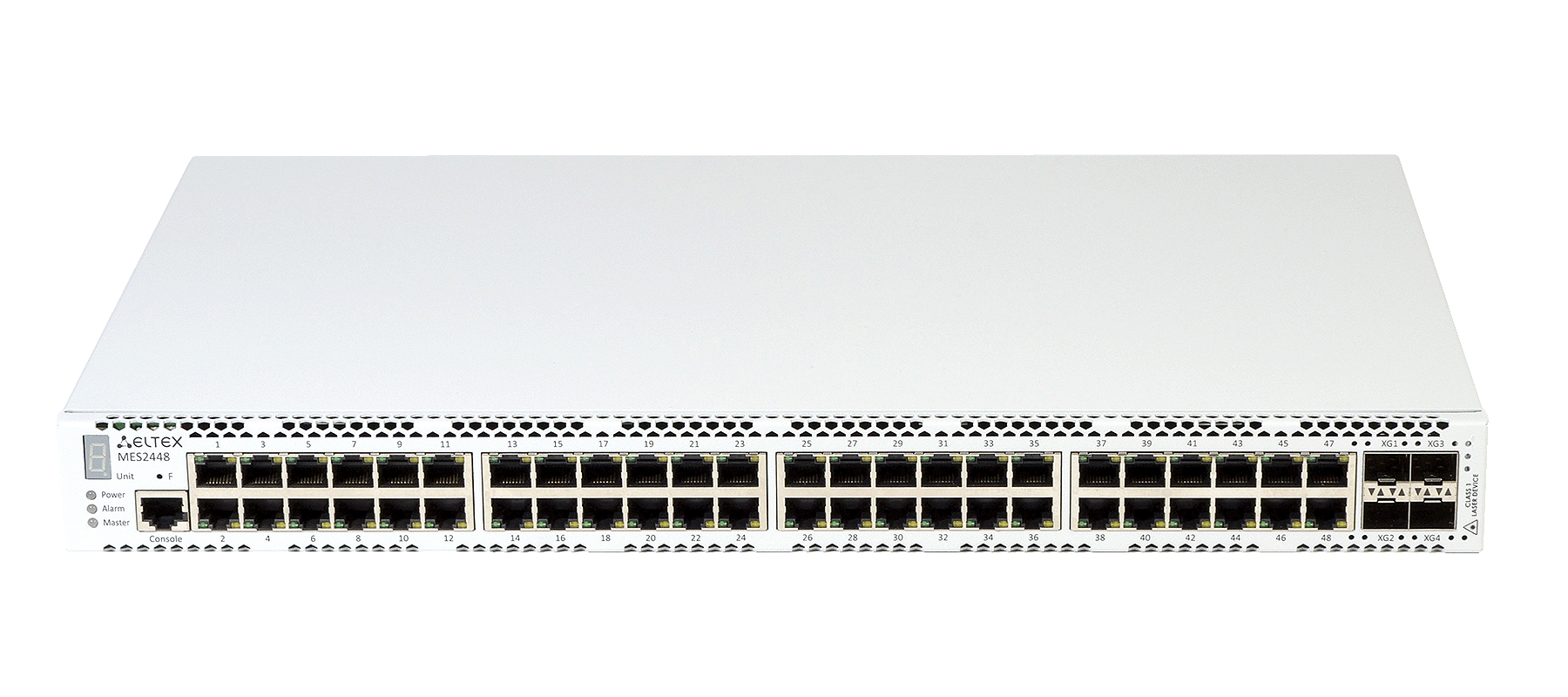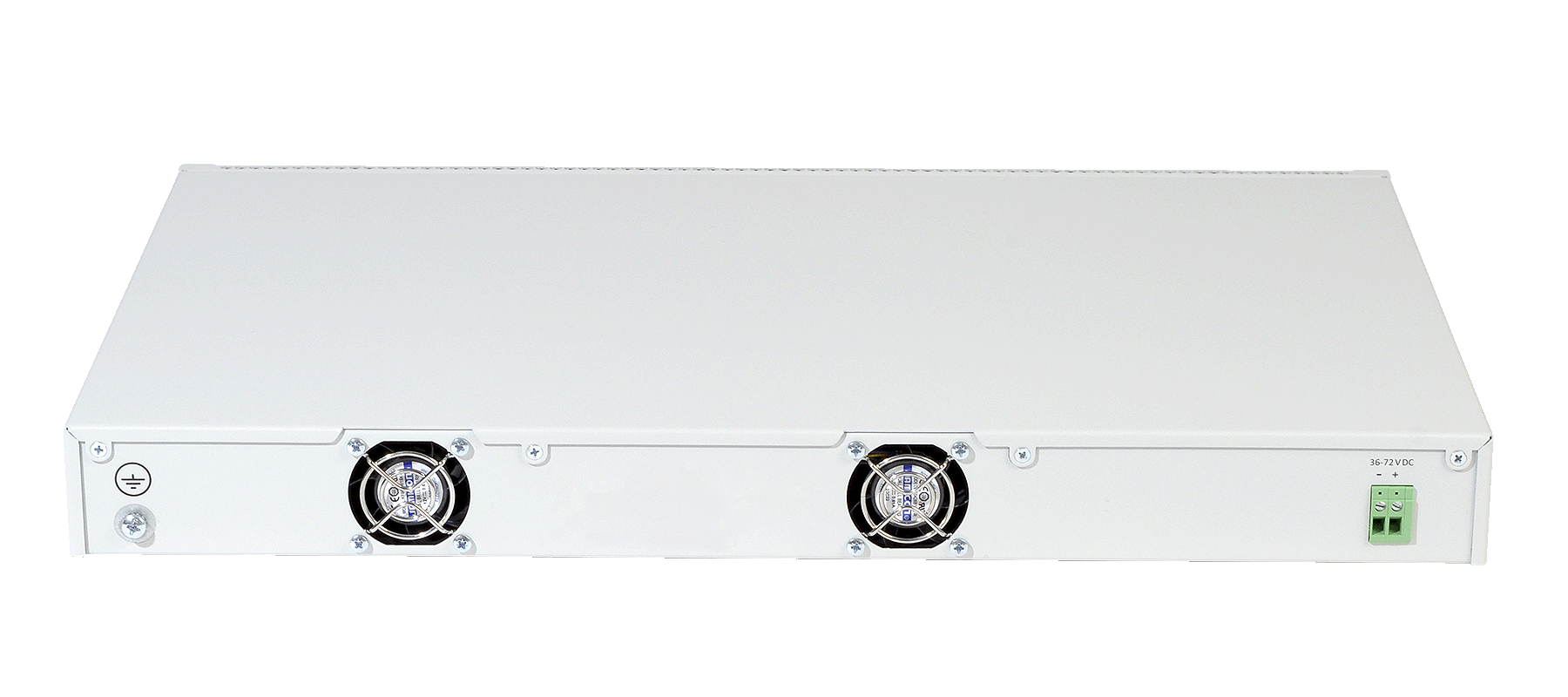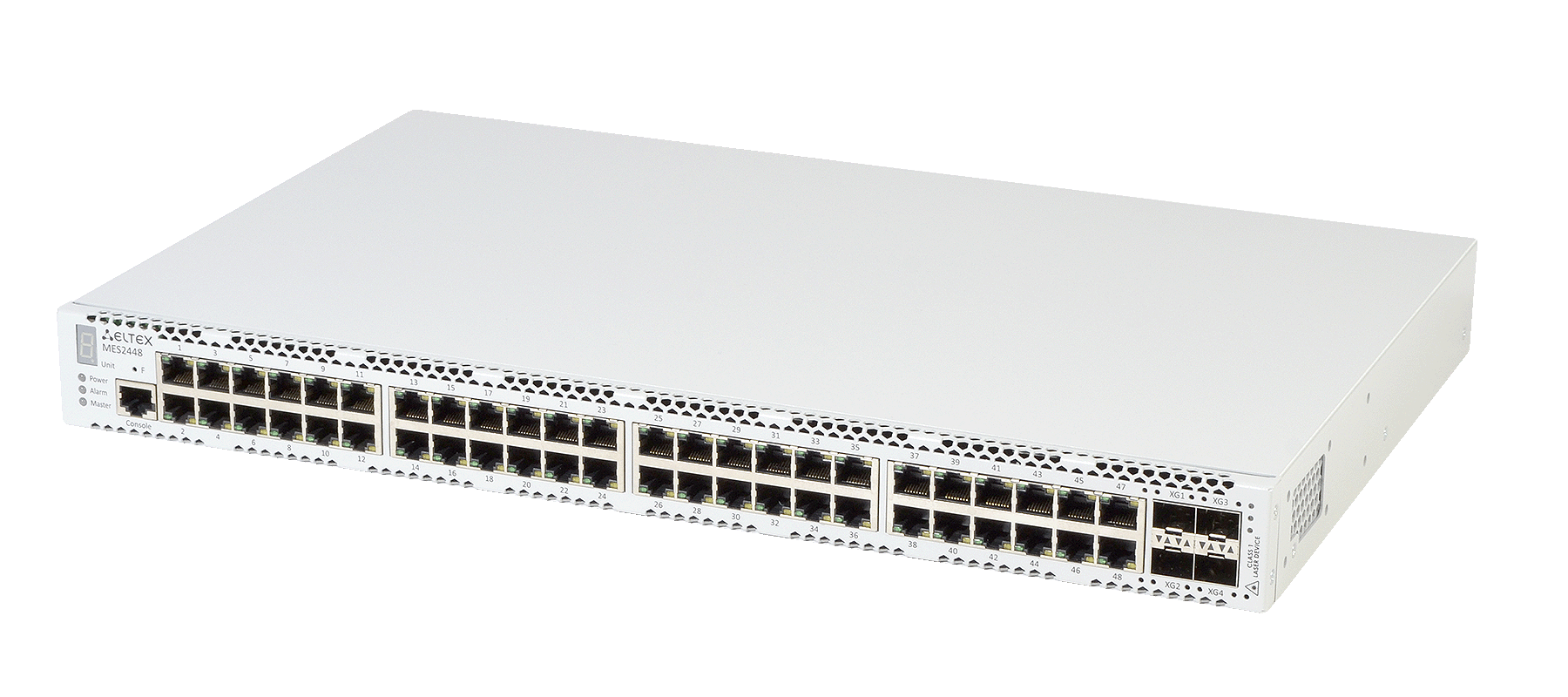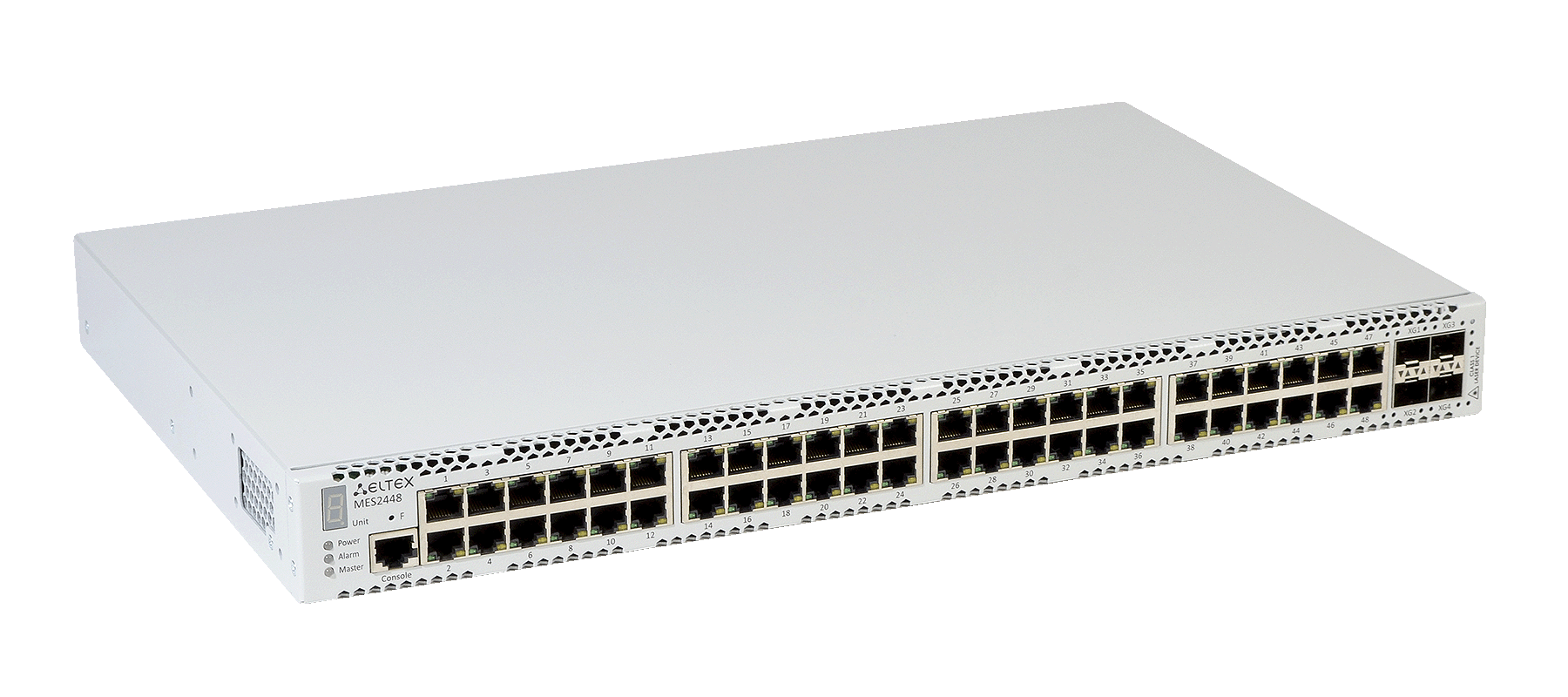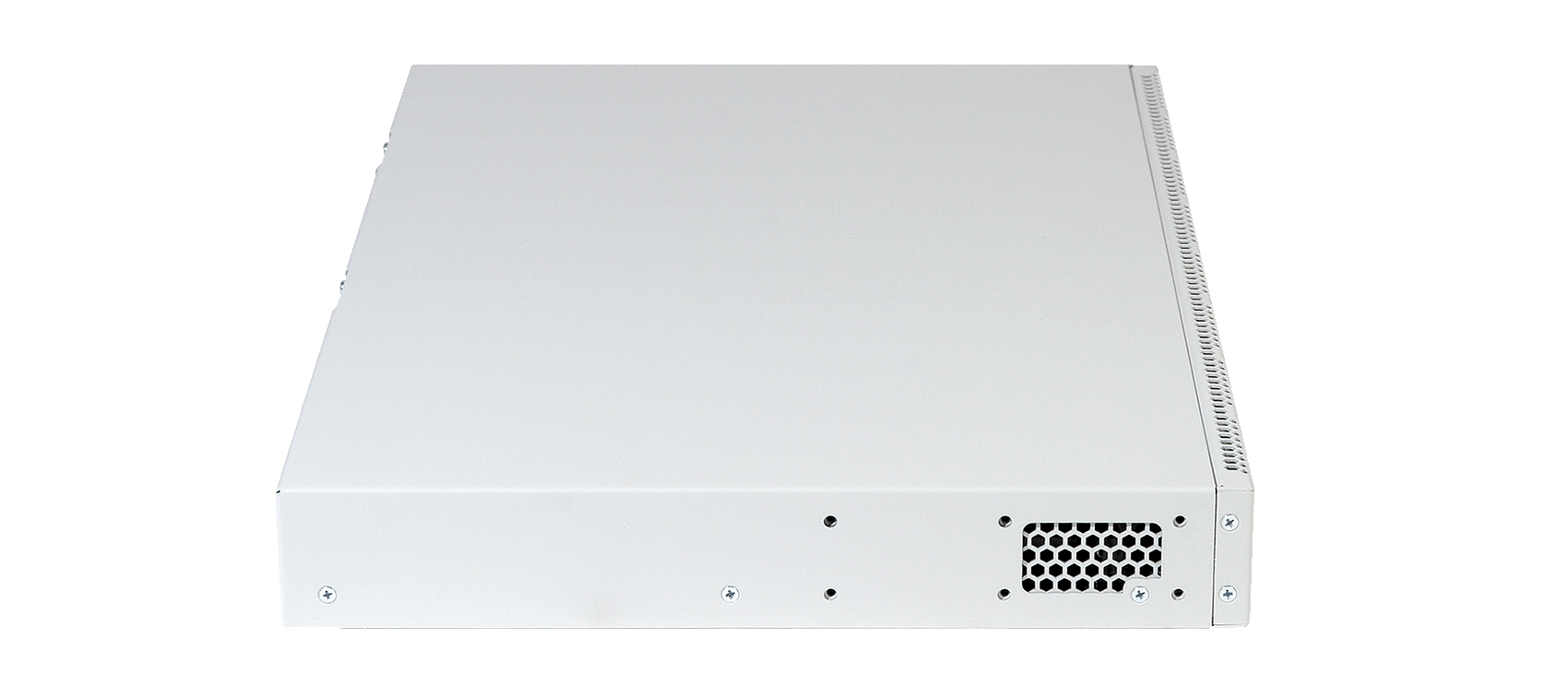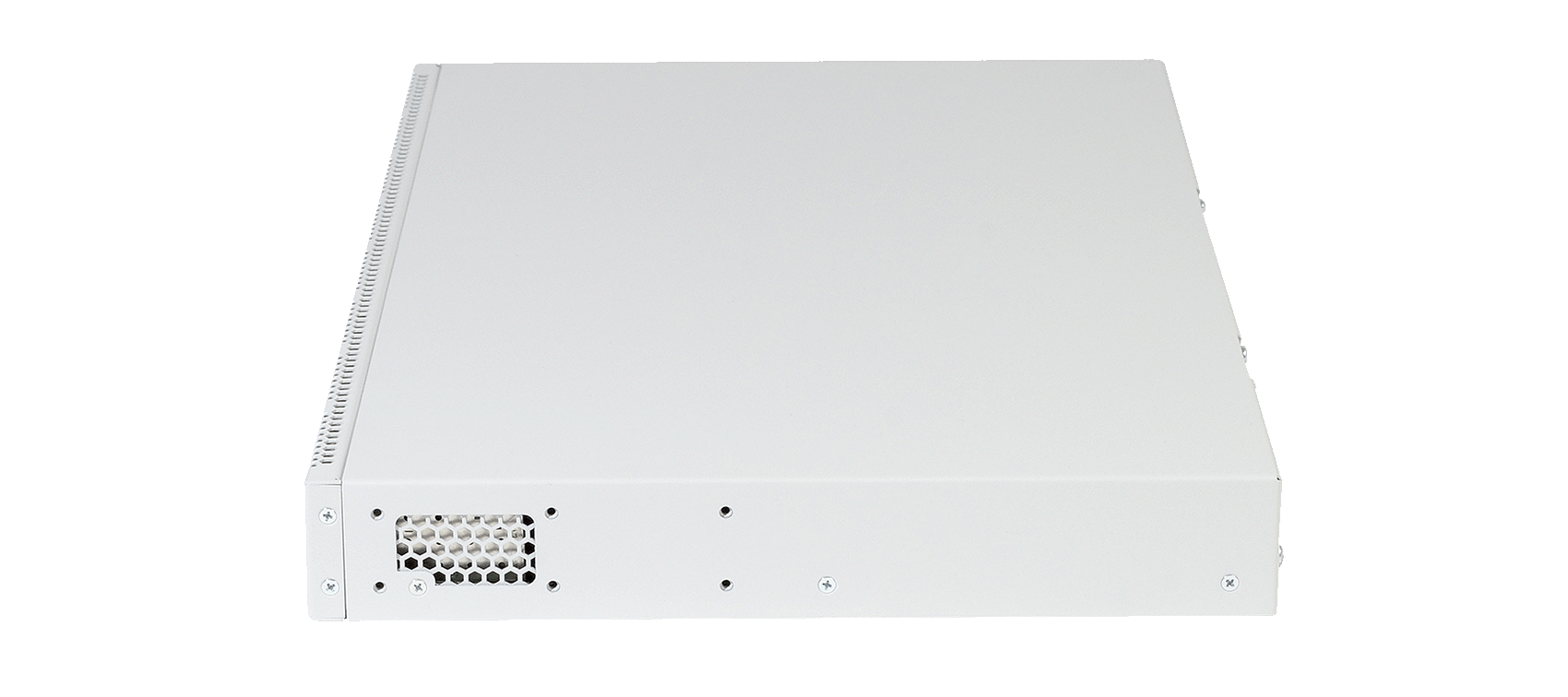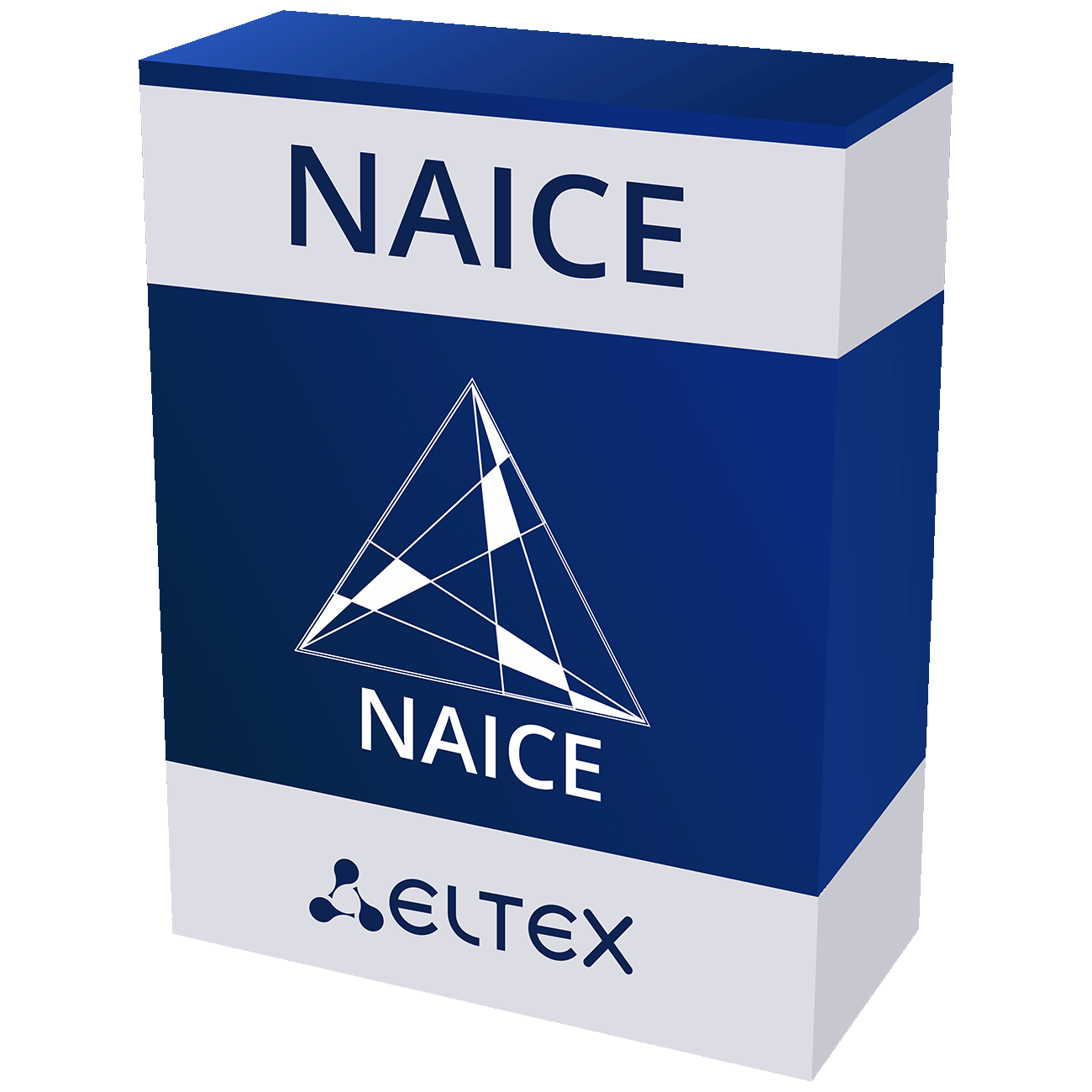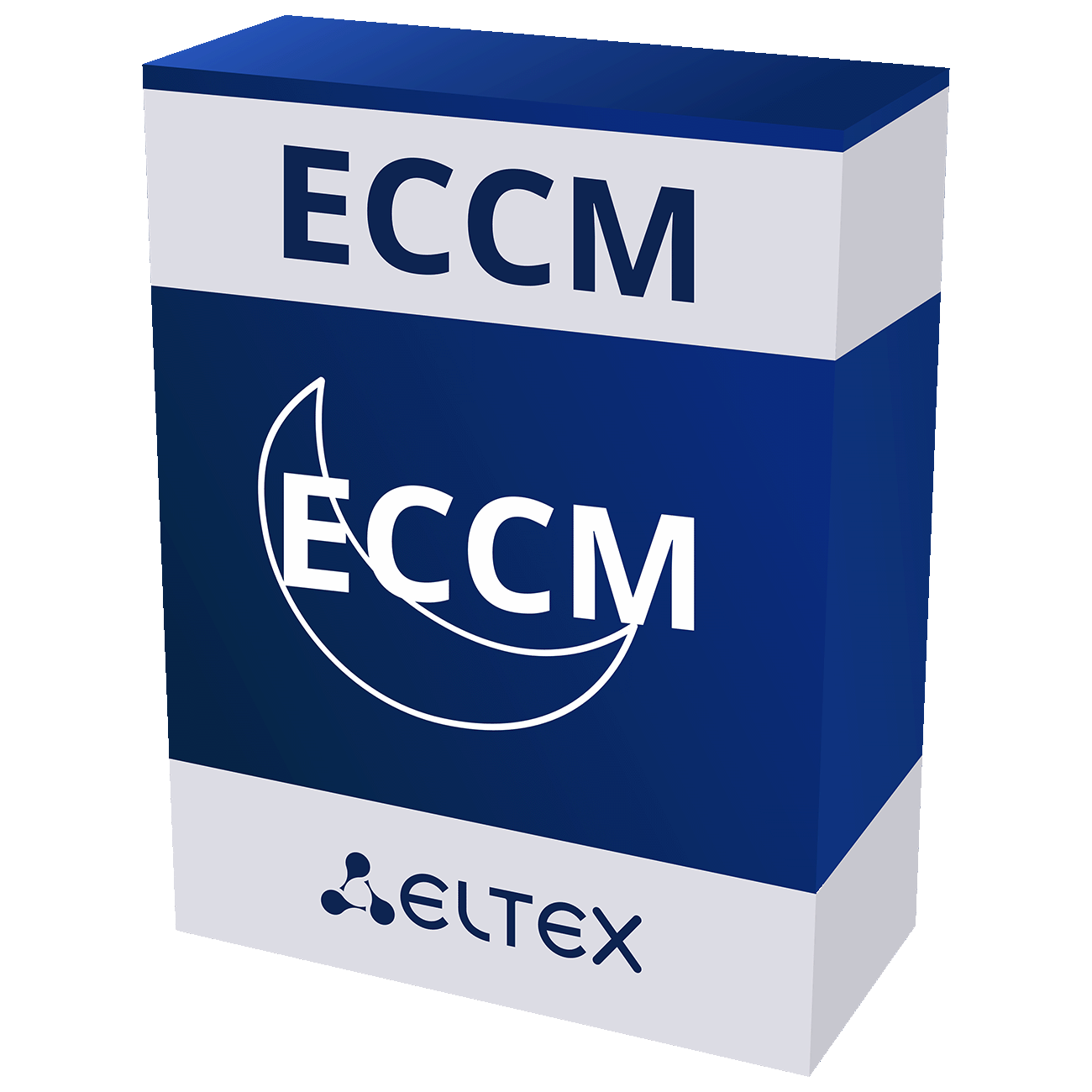Ethernet Access Switches MES2448
- Level:
- L3
- Bandwidth:
- 176 Gbps
- Interfaces:
- 48x1G, 4x10G SFP+
- Power supply:
- DC


Description
The Ethernet access switches provide end users connection to networks of large enterprises, small and mid-sized businesses and service providers via 1G/10G interfaces.
The switches support Virtual Local Area Networks (VLAN), multicast groups and advanced security functions.

Specifications
- Level:
- L3
- Bandwidth:
- 176 Gbps
- Power supply:
- DC
- Interfaces:
- 48x1G, 4x10G SFP+
- MAC table:
- 32768
- VLAN table:
- 4094
- ARP:
- 1000
- QoS:
- 8 egress queues per port
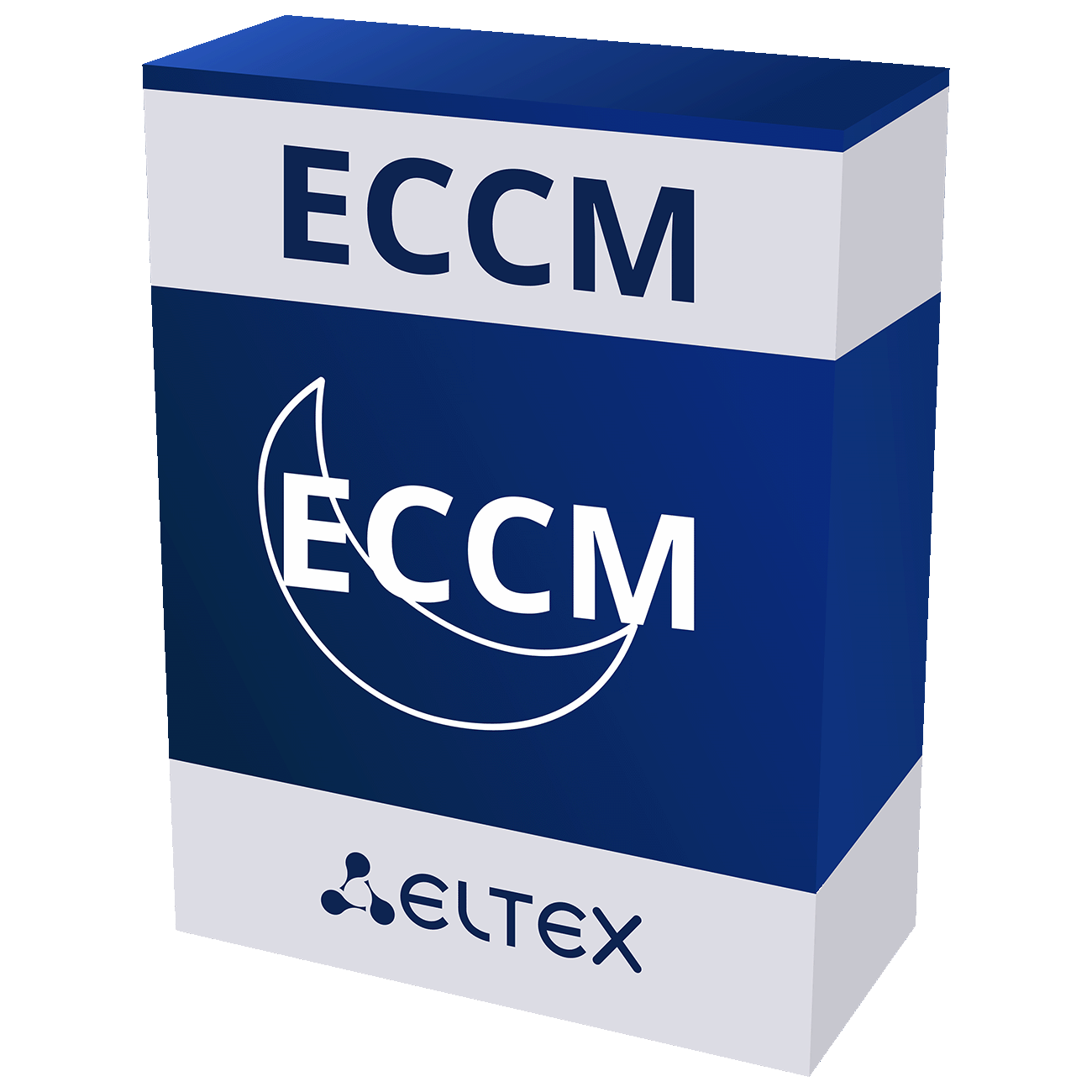
Related products






Documents and files
Firmware Version 10.3.6.11
Added:
- Added a command to delete the ssh server-address setting;
- Added a command that disables comparing the IP address in the Next server IP address field and the IP address in the ip dhcp relay server configuration;
- Added the ability to change the standard buffer utilization values of batch processes;
- Added support for Accounting for Dot1x/MAC using the RADIUS protocol;
- The output of the show interfaces status command looks like a similar command on MES23xx/33xx/35xx/5324 devices.
Fixed:
- Improved command stability;
- Fixed the hang of the switch when displaying the current configuration;
- Fixed an error that leads to a complete loss of device control;
- Fixed a problem with the switch hanging when executing the default interface range;
- Fixed an error with the speed setting in line telnet/ssh;
- Fixed an error that caused Web interface pages to not load;
- Fixed an error where the cost in STP was incorrectly calculated for interfaces;
- Fixed a problem with the switch hanging when changing the STP mode from RSTP to RPVST;
- Fixed an error where there was no L3 access to the switch after reboot;
- Fixed an error that freezes the SSH session when saving the configuration to the SFTP server;
- Fixed an error where the source ip was incorrectly specified in the SNMP response packets;
- Fixed an error where the POWER-ETHERNET-MIB poll::pethMainPseConsumptionPower returned a value in deciwatts instead of watts;
- Fixed an error that displayed an extra log about duplicating a link local IPv6 address;
- Fixed a dot1x PC authorization error when using RADIUS VLAN Attributes and Voice VLAN together;
- Fixed an error leading to TCP session reset;
- Fixed an error that caused high CPU usage when connected to the switch by a telnet client on TCP port 22.
Previous versions
Firmware Version 10.3.6.6
Added:
- Added a method for encrypting passwords in the CLI using the SHA512 algorithm. ATTENTION. If there are users with a 64-character password, the password must be replaced with a shorter one before updating;
- Added a limit on the number of unsuccessful authorization attempts in the Web;
- Added the ability to specify the number of unsuccessful authorization attempts to log in to the CLI and Web;
- Added the Service-Type attribute to the RADIUS request when authenticating a user using the Dot1x and MAB protocols;
- Increased the maximum key size when configuring radius-server and tacacs-server host to 128;
- Added the setting for option 150 for the DHCP server.
Fixed:
- Fixed a bug where the Tunnel-Private-Group-Id attribute was not processed if the Tag field was present;
- Fixed a bug where authentication via the Dot1x protocol did not work.
Firmware Version 10.3.6.3
Added:
- Added the ability to download configurations from TFTP/SFTP servers via WEB interface;
- Added the ability to choose between MAC and 802.1x authentication.
Fixed:
- Fixed a bug where the original broadcast DHCP Discover was switched on Uplink in a scheme with configured DHCP Relay within the same VLAN;
- Fixed a bug where the lease of an IP address was not renewed in a scheme with configured DHCP Relay within the same VLAN;
- Fixed a bug that caused incorrect display of fan speeds when polling via SNMP;
- Fixed a bug where a GET request would return NULL if it contained an invalid OID;
- Fixed a conflict between the global voice vlan id and active port-channel settings;
- Fixed a bug where the radius vlan attribute did not work in multi-session mode;
- Fixed a bug with simultaneous operation of Dot1x and MAB authorization.
Added:
- Added the ability to enable DHCPv4/v6 snooping on 64 VLANs;
- Added the ability to set an IP address for accessing the snmp community;
- Added support for the Session-Timeout Radius attribute;
- Added support for the Termination-Action Radius attribute;
- Added support for the Cisco GLC-BX SFP module;
- Added verification of the current software version with the one received via DHCP Option 43, if the versions match, the software will not be updated;
- Added the ability to set a MAC ACL for a host with a MAC address 00:00:00:00:00:00.
Fixed:
- Fixed an error where the lldp med-app-type voice vlan vlan-id string disappeared from running-config after configuring the switchport voice vlan;
- Fixed an error where the ssh auth-type ip setting disappeared from running-config after ssh restart SSH Server error fixes;
- Fixed an error where speed matching with the optical 100M SFP module did not work;
- Fixed an error where the VLAN was not deleted from the port when executing the default interface command;
- Verification of the LACP Admin Key received from the partner is disabled;
- Fan thresholds have been adjusted for the MES2448B device.
Firmware Version 10.3.5
Added:
- Added Rapid-PVST functionality.
Fixed:
- Fixed an issue where configuring backup server sftp led to high CPU usage;
- Fixed the conflict of adding VLANs to interfaces in general mode when Dot1x settings are configured on other interfaces;
- Fixed an error where the default logging setting was displayed in the configuration;
- Fixed an error that occurred when resetting the interface configuration;
- Fixed the error of applying startup-config after restarting the device;
- Fixed an error that causes the switch to freeze while booting a device with a large number of MSTP instances;
- Fixed the problem of unicast ARP packet flooding when ARP Inspection is enabled.
Firmware Version 10.3.4
Added:
- Added support for the RADIUS VLAN attribute for Dot1x;
- Added dynamic distribution of SQinQ and MBV rules;
- Added the ability to change the password using a request from the TACACS+ server;
- Added the ability to issue a DHCP address by a DHCP server by interface number;
- Added counters for ACL rules;
- DNS Client added;
- Increased the maximum number of L3 interfaces to 20;
- Increased the maximum number of L3 IPv4 Unicast routes to 2048;
- Increased the maximum number of L3 IPv6 Unicast routes to 512.
Fixed:
- Fixed a bug when sending syslog messages in an SSH session;
- Improved stability of the ERPS protocol;
- Fixed a bug when processing Voice VLAN events;
- Fixed problems with Voice VLAN operation on ports in general mode;
- Fixed incomplete recording of information when redirecting show tech-support to a file;
- Fixed the grep function for the show tech-support team;
- Fixed an error saving a description consisting of several words;
- Added the ability to write the interface type and identifier in commands together and separately;
- Implemented auto-completion of the interface name by Tab;
- Fixed type and values for the eltexPhyTransceiverInfoDiagnosticSupported SNMP table;
- Fixed return values for the SNMP table IF-MIB::ifHighSpeed;
- Fixed visual and syntax errors in MIB files;
- Fixed a bug when removing the switch from the TACACS+ server;
- Fixed interface initialization error when booting after upgrading the switch from older versions;
- Fixed bugs that cause the management switch to hang;
- Fixed a bug when breaking Telnet sessions;
- Fixed pagination when connecting via SSH;
- Fixed the output of the show ip dhcp server pools command.
Firmware Version 10.3.3.1
Added:
- Added support for MES3400-24F and MES3400-48 devices.
Fixed:
- Fixed the problem with incorrect routes when the switch receives the address via DHCP via DHCP-relay.
Firmware Version 10.3.3
Added:
- Added support for DHCP packets with Broadcast flag in DHCP Relay;
- Added discard-shutdown option for Port Security;
- Added show-command to view list of ACL rules on interfaces;
- Added the ability to add ACE description;
- Added the ability to delete multiple static routes by mask or all at once via no ip route command;
- Added interface statistics for ARP Inspection;
- Added information about interface media-type to show interfaces status output;
- Added syslog messages display in CLI for TELNET/SSH protocols;
- Added the ability to configure netmask in /xx prefix length format;
- Added show ip route command to show tech-support output;
- Added support for hardware IPv6 routing;
- Added support for dynamic routing protocols OSPFv2/3, RIPv1/2.
Fixed:
- Fixed incorrect MAC address removal from MAC table after exceeding ARP timeout for nexthop static routes;
- Fixed adding incorrect padding for DHCP packets in DHCP Relay;
- Adjusted IGMP Snooping queue limits on CPU to minimize multicast delays with a large volume of IGMP messages;
- Fixed bug in MSTP which caused network loops after the reboot.
Firmware Version 10.3.2
Added:
- Added Voice VLAN feature;
- Added the ability to run Voice VLAN and Dot1x together;
- Added SNMP Trap for Storm Control;
- Added SNMP Trap for Port Security;
- Added logging of critical errors;
- Removed unnecessary firewall messages when connecting via Telnet/SSH to secondary IP addresses;
- Added protection from upgrading to unsupported SW version;
- The System Contact and System Location fields are now empty by default;
- Added L2 support code to SNMP OID sysServices;
- Added the ability to change the parameters of the current user without breaking the session;
- Added the ability to switch to the global configuration mode using the "configure" command;
- The "show ip binding" command is now available to a user with privilege level 1;
- The "show logging" command is now available to a level 1 user;
- Improved appearance and options for configuring VLAN via the WEB interface;
- Added system description command.
Fixed:
- Fixed a bug where the device terminated the session when entering more than 20 characters in the login;
- Fixed removal of Multicast-TV VLAN from all ports when deleting VLAN;
- Fixed switch freezing when performing cable diagnostics via WEB;
- Fixed switch freezing when trying to connect externally via SFTP;
- Fixed a bug where it was impossible to replace a dynamic DHCP Snooping entry with a static one;
- Fixed port blocking issue after reboot when STP is globally disabled;
- Fixed issue with default gateway configuration when receiving DHCP option;
- The System Contact and System Location fields are set to empty by default.
Firmware Version 10.3.1
Added:
- Added support for hardware IPv4 routing;
- Added VRRP support.
Fixed:
- Fixed an issue that caused devices to reboot when interacting with DHCP server binding entries.
Firmware Version 10.2.10
Added:
- Added partial support for Multiple failure processing in ERPS;
- Implemented a mechanism for interacting with ERPS subrings;
- Implemented DHCP server feature;
- Added None method for authorization;
- Implemented Guest and Unauthenticated VLAN features;
- Implemented cause of reboot monitoring via SNMP;
- Added command to enable DHCP-relay for VLAN.
Fixed:
- Fixed incorrect simultanious work of DHCP-relay and DHCP-snooping;
- Increased the maximum number of characters in username to 64;
- Fixed bug with polling SNMP tables when saving the configuration;
- Fixed error when creating interface VLAN in WEB;
- Redesigned VLAN configuration page in WEB;
- Fixed the mechanism of adapting the AAA configuration to the new syntax.
Firmware Version 10.2.9.4
Added:
- Added authorization using SSH keys;
- Added "spanning-tree bpdufilter" command hint when configured in interface-range context;
- All possible special characters for username and SNMP commands are now supported;
- Increased the maximum number of characters in the name, hostname, description fields;
- Increased the maximum number of characters in the name, hostname, description fields;
- DHCP opt 82 and PPPoE IA settings are now separated;
- Added MAC address value to show system info output;
- Added support for the following cryptographic algorithms in SSH: aes192-cbc, aes128-ctr, aes192-ctr, aes256-ctr;
- Added Calling-Station-Id field in access-request packet for 802.1x;
- Added the ability to completely change the configuration from a file without rebooting the device.
Fixed:
- Improved stability of the ERPS protocol;
- Fixed incorrect display of "ipv6 nd inspection" command;
- Fixed interfaces status changing when updating the device;
- Optimized logging of executed commands when using "write startup-config";
- Optimized "show running-config command" output;
- Improved "spanning-tree bpdufilter enable" command hint;
- Transceiver in/out power via SNMP is now displayed in dBm.
Firmware Version 10.2.8.2
Added:
- Implemented cold/warm startup logging;
- Implemented chain authentication method for AAA;
- Added the ability to use both RADIUS and TACACS for authentication;
- Added the ability to set your own value in the NAS-Identifier field;
- Added the ability to configure the service policy without binding it to the interface;
- Added the ability to configure src and dst ports for DHCP Relay;
- Changed ZTP mode;
- Added support for the ERPS protocol;
- Added support for the HTTPS protocol;
- Added the ability to configure DHCP Relay without an IP address on client VLANs;
- Implemented IGMP-Proxy function for MES2424, MES2448 models;
- All ports in the WEB interface are now displayed for MES2448B switches.
Fixed:
- Fixed RX rate limit logging;
- Fixed xSTP work with LBD-frames;
- Fixed incorrect privilege assigning during RADIUS-authentication;
- Fixed dropping all traffic when setting rate-limit more than 1 Gbps;
- Configuring authorized-manager ip-source 0.0.0.0 0.0.0.0 allows authorization from any ip addresses;
- Optimized work with memory;
- Fixed tips for enable/disable commands;
- Fixed reboot and authentication SNMP-trap;
- Fixed possible duplication of the main MAC address from the MAC LAG of another device;
- Fixed work of dot1x port-control force-authorized in multi-session mode;
- Fixed STP operation when changing the status of a port on which STP is disabled, the MAC address table is no longer being flushed;
- Fixed problem with displaying multicast groups in the forwarding-database table;
- Fixed problem with IGMP-report processing in IGMP Proxy;
- Access to WEB-interface for users with privileges below 15 is prohibited;
- Fixed bootloader version view.
Firmware Version 10.2.7.2
Added:
- Added the ability to configure DCS on separate VLANs and interfaces;
- Configuring of logging to Syslog servers and local log files has been optimized;
- The number of configuration entries for logging to Syslog servers has been increased;
- Severity of syslog entries "TCP-4-Connection attempt to closed/non-active TCP port" has been changed to debugging;
- sysObjectID format has been changed;
- The speed of software update using TFTP on MES2424 and MES2448 has been increased.
Fixed:
- Fixed problem with limiting the number of groups when receiving IGMPv3 report;
- Fixed an issue where an IGMPv3 report containing multiple entries was not sent to the mrouter interface;
- Fixed issue with SNMP IPv6 targethost configuration;
- Fixed a bug in displaying the "no lldp transmit" and "no lldp receive" commands;
- Fixed problem with displaying 64-bit counters;
- Fixed problem with SNTP server configuration disappearing after reboot.
Firmware Version 10.2.7
Added:
- Added the ability to block IGMP Query on an interface;
- IGMP authorization via RADIUS is now supported;
- IGMP and VRRP packets L2PT encapsulation is now supported;
- The secure-permanent and secure-delete-on-reset modes are now supported in the Port-security module;
- Added SYSLOG message when trying to change the interface by the user in the Port-security module;
- 802.1x authorization is now supported;
- Added the ability to restrict TCP-SYN traffic for the Firewall module;
- IPv6 link-local addressing function is now supported in authorized manager;
- Storm-control now restricts known multicast traffic;
- To change the IP address on an interface, the 'no ip address' command is now optional;
- Entering the 'interface range' context can now be performed for arbitrary interfaces of the same type;
- The default parameters are no longer displayed in the configuration;
- Negotiation capabilities description and parameters, allowed for configuration via SNMP have been changed;
- Added the ability to view the MAC table for individual interfaces via SNMP;
- HW revision format of devices in 'show system information' output and corresponding SNMP oid now matches the vendor sticker;
- Monitoring capabilities of cooling fans have been expanded;
- The output of some SYSLOG messages has been changed;
- Added indication of the reboot initiator to the SYSLOG message and SNMP trap for the corresponding event;
- SYSINFO parameters overwriting was optimized when loading devices;
- Added the ability to use VCT in the WEB interface;
- Added the ability to define the description of Ethernet / LAG interfaces in the WEB-interface.
Fixed:
- Fixed errors in processing multicast traffic from the 239.x.x.x range;
- Fixed display of different types of IGMP mrouter interfaces in the configuration;
- Fixed a bug with enabling the QoS module;
- Fixed possible disappearance of the Class-map after reboot;
- Fixed disappearance of static MAC entries after reboot;
- Fixed disappearance of static ARP entries after reboot;
- Fixed disappearance of DCS module settings after reboot;
- Fixed incorrect display of addresses in the SYSLOG message;
- Fixed a bug with incorrect user authorization using TACACS + when connecting to the device's IPv6 interface;
- Fixed device reboot when trying to specify a domain name as an SNTP server;
- Fixed loss of access and restart of devices, when using telnet;
- Fixed 'show etherchannel port-channel' command output;
- Fixed display bootloader version in 'show bootvar' output;
- Fixed possible reboot of devices when polling the L2PT module table via SNMP;
- Fixed high CPU load during intence SNMP polling;
- Fixed a bug with assigning the same UDP ports when using logging and tftp;
- Fixed a problem with the disappearance of the manually assigned IP address through the WEB interface;
- Fixed a bug with displaying MAC-table entries when ingress-filtering is disabled.
Firmware Version 10.2.6.3
Added:
- Added the ability to block IGMP Query on the interface;
- Secure-constant and secure-delete-on-reset modes are now supported for port security.
Fixed:
- Fixed a bug when enabling QoS.
Firmware Version 10.2.6
Added:
- CPU can now process 802.1q double tagged traffic;
- Added the ability to add two 802.1q headers via MAC-ACL;
- xSTP protocols events logging is now supported;
- Rootguard feature for individual MSTIs was added;
- The setting for copying an 802.1p tag to an external 802.1q tag has been unified;
- IPv6 ND inspection is now supported;
- IPv6 ND RA guard is now supported;
- Increased the maximum number of interfaces with the enabled IPv6 ND RA guard feature;
- Added the ability to assign trusted ports for IGMP Snooping;
- Increased the number of processed packets limit in IGMP Snooping;
- Configuration/firmware files download status monitoring via SNMP is now supported;
- Added the ability to select the active software image via SNMP;
- Changed the format of interface names in the output of show commands;
- Default DHCP option 60 has been changed;
- Port-channel and Link-aggregation module are now enabled by default;
- Default logging severity is now informational(6);
- Ability to periodically transmit Gratuitous ARP;
- CPU processing of the ARP messages has been changed;
- TACACS+ authorization of entered commands is now supported;
- Maximum number of authorized-manager entries was increased up to 100;
- Added the ability to configure IPv6 authorized-manager;
- Maximum number of NTP servers was increased up to 4;
- IPv6 ND RA guard is now supported;
- Selective QinQ egress on LAG interfaces is now supported;
- MAC-address flapping is now supported;
- QoS egress queues statistics on the interfaces is now supported;
- Ability to filter TCP traffic with SF flags is now supported.
Fixed:
- Fixed errors when configuring xSTP via SNMP;
- Fixed operation of restricted-role feature for MSTP;
- Fixed operation of LLDP port-id-subtype commands;
- Fixed errors in configuring MAC notification change via SNMP;
- Fixed errors when configuring DHCP server IP address via SNMP;
- Fixed DHCPv4 / DHCPv6 / PPPoE-IA snooping binding table overflow behavior;
- Fixed the switch reboot when working with static DHCPv6 Snooping entries;
- Fixed errors in configuring DCS module via SNMP;
- Fixed disappearance of static IGMP Snooping groups after reboot;
- Optimized configuration output when working with a large number of IGMP Snooping entries and a large number of active VLANs;
- Fixed display of queue-map regn-priority ipDscp commands in configuration;
- Fixed errors in configuring Class-map via SNMP;
- Fixed bug with switching between NTP servers when using IPv6;
- Fixed bugs with the inability of authorization on the device;
- Fixed bug when resetting password via boot-menu when RADIUS / TACACS + authentication was configured;
- Fixes in login / exec banner output;
- Fixed bug with restarting devices from SSH session;
- Fixed problems with copying empty software image via SFTP;
- Fixed output of VLAN module debug commands to a remote session;
- Fixed switch reboot when polling the switch via SNMP;
- Fixed display of device's uptime in the WEB-interface;
- Fixed switch reboot because of frequent switching between tabs in the WEB interface;
- Fixed freezing when working in the WEB-interface;
- Fixed DHCPv6 solicit / request packets duplication.
Firmware Version 10.2.5.2
Fixed:
- Fixed disappearance of port-channel load-balance settings after reboot;
- Fixed incorrect operation of DHCP Snooping with certain MAC addresses;
- Fixed memory leak when working with DHCP client;
- Fixed reboot when running IGMP Snooping;
- Fixed issue with freeing TCP sockets.
Firmware Version 10.2.5
Added:
- MES2448 is now supported;
- Boot file size is reduced;
- SFP-T is now supported;
- Ability to specify speed/duplex capabilities for auto-negotiation;
- Ability to clear the IGMP/MLD snooping groups table;
- Extended debug capabilities for IGMP snooping;
- Login/exec banner is now supported;
- Ability to disable the confirmation request for commands;
- Confirmation request for shutdown branch commands in global configuration mode;
- Changed show vlan and show ip IGMP snooping forwarding-database commands in the show tech-support output;
- Added show iss-health status command output to the show tech-support output;
- Added warning when running out of hardware resources for Protocol-based VLAN;
- Network-admin/operator RADIUS attributes are now supported;
- Ethernet-OAM is now supported;
- Dynamic ARP-inspection is now supported;
- MAC-based VLAN is now supported;
- Protocol-based VLAN is now supported;
- Disabling Dying Gasp is now supported;
- Battery monitoring disabling is now supported.
Fixed:
- IGMP snooping sparse-mode switching with high utilization of the IGMP snooping forwarding-database table was optimized;
- Fixed a hint for the no switchport egress-filter command;
- Fixed interruption of SNMP-query eltMesIssAaaMIB;
- Fixed reboot during eltexphytransceiverdiagnosticentry SNMP polling;
- Fixed reboot when reconfiguring static IGMP groups;
- Fixed missing logging of entered commands when using logging hostname-format;
- Fixed freezing when interrupting telnet sessions during command output;
- Fixed flushing of the IGMP snooping forwarding-database table when there are no subscriptions;
- Fixed an issue with high CPU utilization when MSTP recovering with 4094 VLANs configured;
- Fixed reboot when removing L2PT c interface settings;
- Fixed the correspondence of unregistered multicast traffic and CPU queue.
